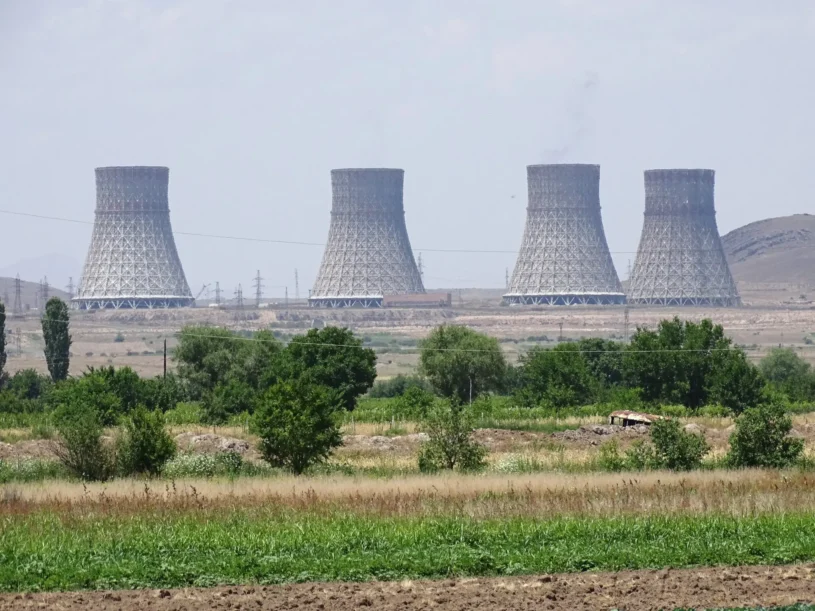It’s a pocket-sized power plant, just 10 m across. A miniature particle accelerator, small enough to be stashed away in your basement, can be used to produce nearly unlimited amounts of nuclear energy, in a controlled manner, using the radioactive element thorium.
One Wonder…

The accelerator, cheekily named Electron Machine with Many Applications or EMMA, is a ring particle accelerator, capable of accelerating electrons to about 10 or 20 MeV. That means that it can drive an electron through a voltage difference of 10 to 20 million volts, which, though large by everyday standards, is modest in terms of the particle accelerators of today. However, this is all that’s needed and the portability allows for diverse usage.
… And Another…

Scientists have long looked at a radioactive element other than Uranium as a potential candidate for producing nuclear power Thorium. Thorium research is, however, at its infancy, given that the focus of all nuclear research has focused on Uranium. Thorium is found widely, easily refined, extremely safe to handle and leaves no residue after fission.
Thorium produces about 200 times the energy produced by Uranium and produces no carbon dioxide. The only catch is that, for fission, it needs to be initiated by bombardment with charged particles, such as electrons. This is a happy handicap, since a Thorium reactor would be incapable of a meltdown. After Fukushima, this maybe the new global fool-proof safety standard.
… Get Married
Enter EMMA. EMMA can deliver the required accelerated electrons onto a Thorium core, producing energy in a process that is much more controlled than Uranium fission. It’s a free lunch, as a nation powered by only Thorium based nuclear energy would leave no carbon footprint or nuclear waste and would not run out of energy in the next 10,000 years.
Getting Slightly Technical

The miniature machine is lined with quadrupole magnets (magnets with four parts) in order to keep the particles in the beam focussed in a narrow region. It’s also a Fixed Field Alternating Gradient Accelerator (FFAG), meaning it has an alternating gradient quadrupolar magnetic field to constraint the beam to a ring. As the particles are accelerated, they tend to move in orbits of slightly larger radius, but they encounter higher magnetic fields further out.
This keeps the particles confined in a narrow beam in the orbital ring. EMMA is in conjunction with a particle injector named ALICE. ALICE (no relation with the detector at LHC, CERN) produces copious amounts of electrons and then injects them into EMMA using an injector or ‘septum’ tube at an angle of 65 degrees to the ring, which accelerates them to prescribed energies and allows it to impinge on a Thorium target.
Further, EMMA could be used for medical purposes, as envisioned in the Particle Accelerator for Medical Application (or Pamela, don’t you love these abbreviations?) project. It will focus on Cancer research.
Future?

EMMA could usher in new-generation, clean and danger-free nuclear power plants, something that is considered an oxymoron today. EMMA, developed (and currently housed) by researchers at Daresbury science park in Manchester, Britain, is also a research prototype, paving the way for more such miniature, but powerful, accelerators for heavier particles such as protons and helium nuclei.
In order to unleash the thunder in an element named after the Norse God of Thunder, Thor, what is needed is a non-polluting non-energy guzzling, miniature particle accelerator of moderate energy. Sometimes, Nature is simpler than you think.
